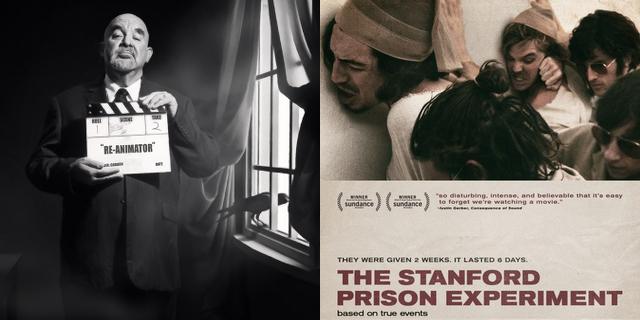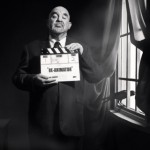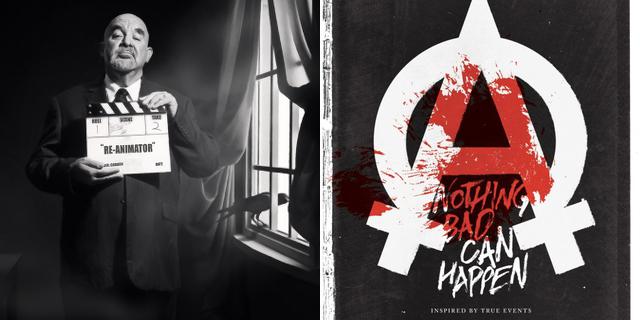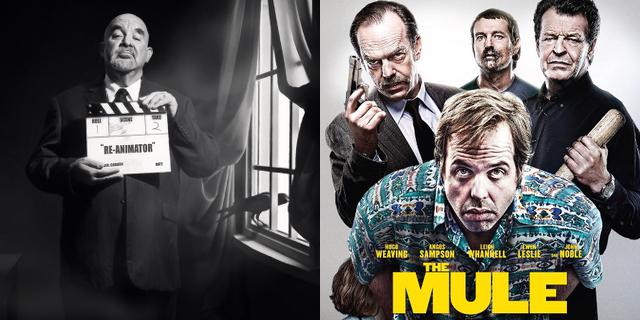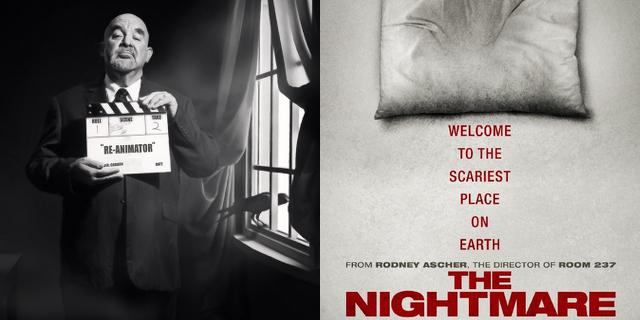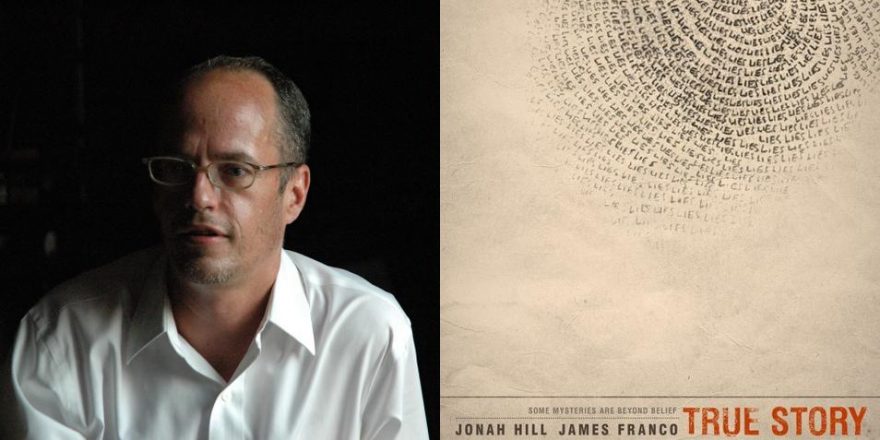“Some of us are prisoners
The rest of us are guards”
– Bob Dylan
I once spent the night in jail. It was Chicago, the year was 1970, and I had been busted for drug possession. I had gotten into a dispute with our landlady, a seemingly sweet little old lady, and the next thing I knew she had called the cops who were pounding at our door in the middle of the night. They searched our apartment, pulling out all our dresser drawers and dumping their contents on the floor, discovering a couple of roaches that our friends had left behind (I didn’t smoke weed yet) and two tabs of acid that we had been given as a wedding present and thought we’d lost. Unfortunately the cops found them for us.
I was handcuffed and taken to the downtown station, where I was booked and fingerprinted. The scariest moment was when I was placed at the back of an elevator and the two cops who were accompanying me turned and faced me. “Here it comes,” I thought, bracing myself for a beating. But none came and I was thrown into a cell where I spent the night. The next morning I was released on bail thanks to my sweet wife, who somehow rustled up the dough from our friends, God bless her. Walking out into the morning sunlight, I never felt so glad to be free.
All of these feelings came back to me as I watched director Kyle Patrick Alverez’s riveting new film, The Stanford Prison Experiment, based on an actual event that took place in August of 1971. We see Dr. Philip Zimbardo (played by the great Billy Crudup) interviewing student candidates for his experiment. All white and middle class, the young men are told that if selected they will spend two weeks in a makeshift cell block in the basement of the Stanford University Psych building, and they will be paid $15 per day. Asked if they would prefer to be prisoners or guards, they mostly choose the former.
Those chosen to be prisoners are made to wear stocking caps and dress-like smocks without pants, neither of which they are allowed to remove. The prisoners are no longer referred to by name but instead by the long numbers attached to their smocks. The effect is to quickly dehumanize them. The guards are given khaki uniforms and mirrored sunglasses to prevent eye contact.
In the span of a day or two, the transformation is complete and the prisoners start to realize that they are totally at the mercy of the guards, who soon are abusing their power. Although not allowed to physically harm the prisoners, they force them to do endless pushups and deprive them of their civil rights. A prisoner is not even allowed to wear his glasses. One of the guards, brilliantly played by Michael Angarano, bases his guard’s persona on Strother Martin in Cool Hand Luke (“What we have here is a failure to communicate.”) and affects a Southern drawl and a particularly sadistic attitude.
Dr. Zimbardo watches this all on closed circuit television but never stops the psychological abuse. His girlfriend, another doctor of psychology (beautifully played by Olivia Thirlby), is horrified at the monster her fiancé is becoming and reminds him that he may be permanently damaging these students. “They’re just boys!” she reminds him.
“You’re the only one who has a problem with this,” he tells her. But her concern for the subjects’ welfare is absolutely justified as we watch many of the prisoners’ attempts at rebellion being put down by the guards following Zimbardo’s misguided leadership. Several ultimately end up having nervous breakdowns, the most dramatic being Prisoner 8612, heartbreakingly played by Ezra Miller. When another prisoner (Chris Sheffield) refuses to use profanity, he is humiliated in manners reminiscent of Abu Ghraib.
The excellent script by Tim Talbott, who is best known for his work on the transgressive animated series South Park, deftly captures the reality and almost hallucinatory quality of this misguided experiment as it veers from a psychological study on the effects of being a prisoner or a guard into a total mind fuck.
And let’s hear it for Billy Crudup, who captures the conflicted Dr. Zimbardo as he loses himself in the horror he has created, much like Kurtz in Joseph Conrad’s Heart of Darkness. Crudup is, in my opinion, one of the best actors working today, demonstrating a range and consistent honesty and artistic integrity that should have long ago made him a superstar.
In The Stanford Prison Experiment, director Alverez has assembled an amazing ensemble of wonderful actors. I can’t help thinking that this movie might be like The Magnificent Seven or The Breakfast Club, introducing us to the talented young actors who will become the screen icons of tomorrow.
Getting back to my brief incarceration, I found a public defender who told me that since the police had found drugs in my apartment, I should expect to be found guilty but hopefully could end up avoiding jail time. When I approached the bench at my trial, the judge asked me if I still lived at our landlady’s apartment. When I told him that we had moved, he pounded his gavel and said, “Case dismissed.”
Ahh, Chicago.



